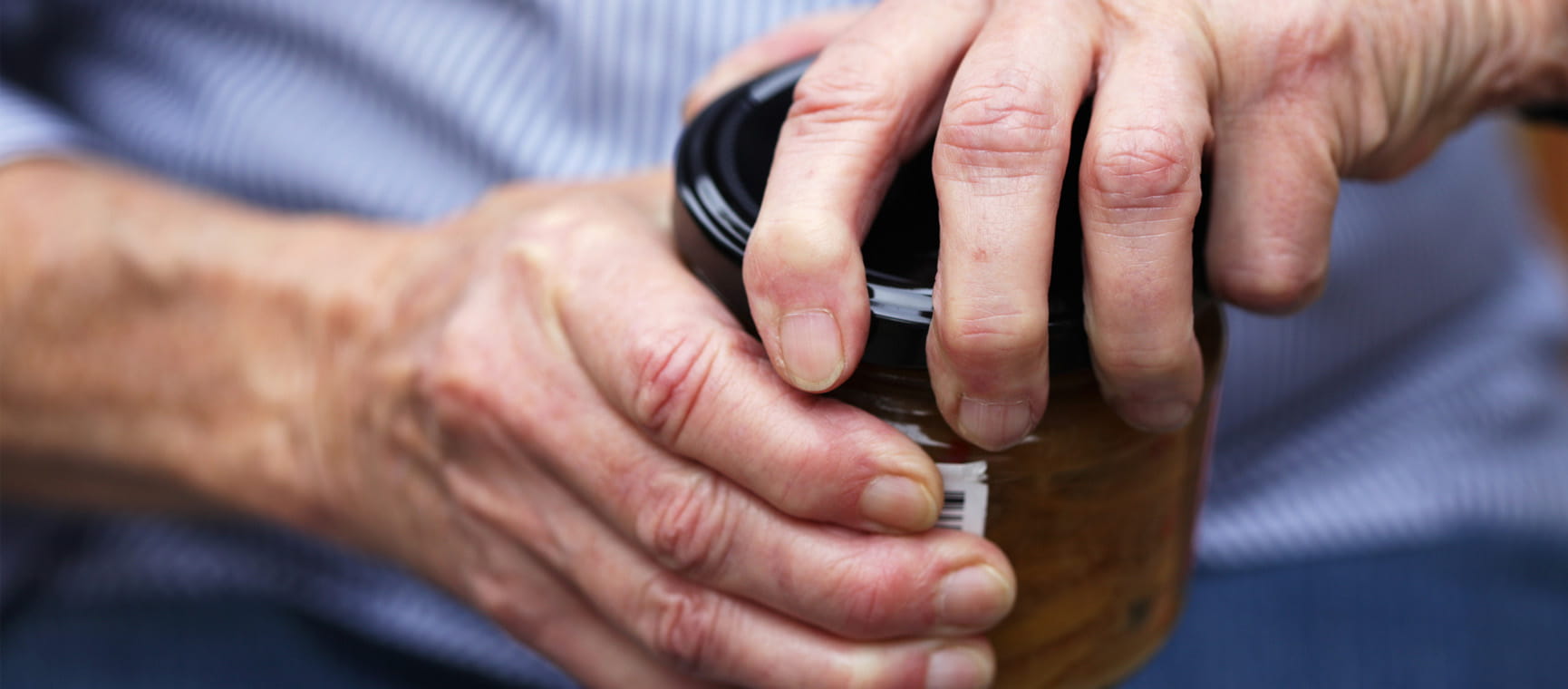
Grappling to open a jar or struggling to carry the weight of a heavy bag are all red flag warning signs that your grip strength is declining. It’s not just a minor annoyance either.
“Your grip strength should be taken seriously as it’s regarded as a powerful indicator of overall health and ageing,” explains physiotherapist Sammy Margo, director of Smartphysio in London.
“It’s not just about how strong you are, or how good you are at grabbing something either, it’s a window into what’s going on in your body. Lots of research has shown that declining grip strength correlates with increased rates of mortality and cognitive decline, fragility and even deaths from heart disease.”
Will Harlow, head physiotherapist at HT Physio, in Farnham, Surrey, and author of Thriving Beyond 50, says weakening grip strength is the “canary in the coal mine” – a sign that all is not well elsewhere in the body and a biomarker of poor health.
“Some studies have shown that grip strength is actually a better indicator of your risk of dying than high blood pressure,” Harlow adds.
“Poor grip strength is an early sign of muscle weakness elsewhere in the body,” says Margo.
“But it’s also an indicator of overall strength, bone mineral density, risk of fractures and falls, malnutrition, cognitive impairment, sleep problems, diabetes and quality of life. All of these can affect your longevity and vitality.”
On a practical level, a strong grip is vital for an independent life in older age. “Grip and hand dexterity is so important for independence,” says Harlow.
“You need it for getting dressed, opening jars, driving, turning keys in locks. Life gets so difficult when you can’t do these things.”
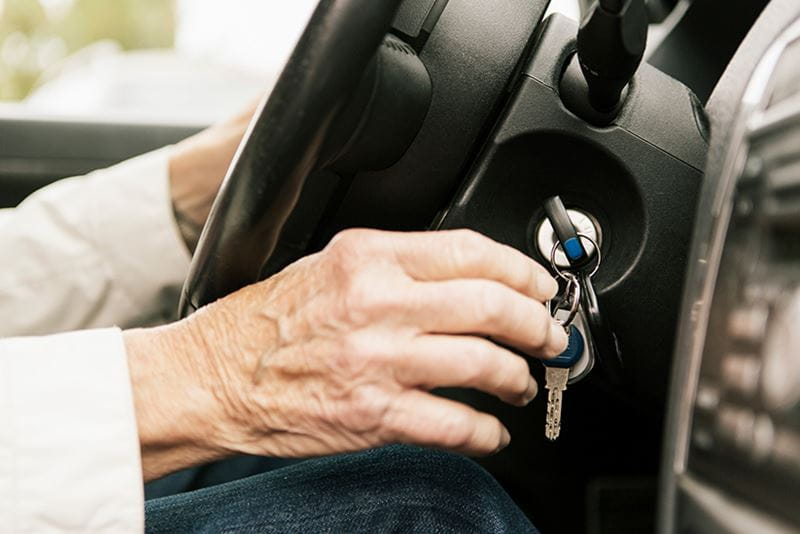
Dr Chris Fox, an old age psychiatrist and professor of clinical psychiatry at the University of Exeter, as well as medical technology industry lead at NIHR HRC England, explains that grip strength also depends on nerves.
“A lower grip strength has been associated with cognitive impairment and neurodegenerative diseases,” Fox says.
One study based on data from the UK Biobank found that poor hand grip strength in midlife was associated with cognitive decline a decade later.
The authors concluded the association between grip strength and dementia may be due to the presence of vascular disease (which affects the circulatory system). They even suggested increasing muscle strength in midlife “may hold promise for maintenance of neurocognitive brain health”.
“We know that grip strength peaks between the ages of 20 and 30,” says Margo.
“After the age of 45/50, we typically lose approximately one per cent of muscle mass per year as part of the ageing process – this is known as sarcopenia. This muscle loss increases to approximately 1.5% a year between 50 and 60 and 3% a year after that.”
Another equally important cause of weaker grip in the over 65s is osteoarthritis in the small joints of the fingers, caused by the wearing down of cartilage in those joints, says Harlow.
“This can make those joints swollen and painful, and it can also result in loss of dexterity and power,” he says. “I’ve got patients as young as 50 who have lost grip strength, but it tends to accelerate in the 65-plus age group.
“The good news is that loss of grip strength isn’t inevitable as you can counter the effects of this with specific exercises designed to maintain and build up muscle strength.” (see below).
How hard you can grip is determined by the strength of the muscles in the hands, but also those between your wrist and elbow, says Harlow.
The flexor muscles in the forearm and wrist are particularly important as they control movements of the hands and fingers.
Gadgets called dynamometers to measure and improve your grip strength are now available to buy.
“You squeeze them as hard as you can with both your dominant hand and then non-dominant hand to measure your grip strength and log improvements when you start exercising,” says Margo.
“Many of them combine testing with training your muscles – I recommend them to my patients.”
Average grip strengths vary according to age. According to one study, average grip strengths were:
Another study published in the journal Gerontology, which involved measuring the grip strength of 9,897 men and 10,950 women, classified weak grip strength in men as less than 26kg and less than 16kg in women.
You don’t have to go to a gym to improve your grip strength. Everyday activities such as carrying shopping bags, wringing out a wet towel, using a watering can or weeding the garden can all help.
“Hold a sponge in your hand and grip it as hard as you can, really pushing your fingers into it for ten seconds and then releasing it and doing this three times in a row,” says Harlow.
“Alternatively, you could grip it and release it quickly and repeatedly. You might do ten or 15 of these shorter squeezes consecutively.
“If you can do these morning, lunchtime and evening that will go a long way towards improving your grip. Some people may notice instant improvements – in others it might take four to six weeks.”
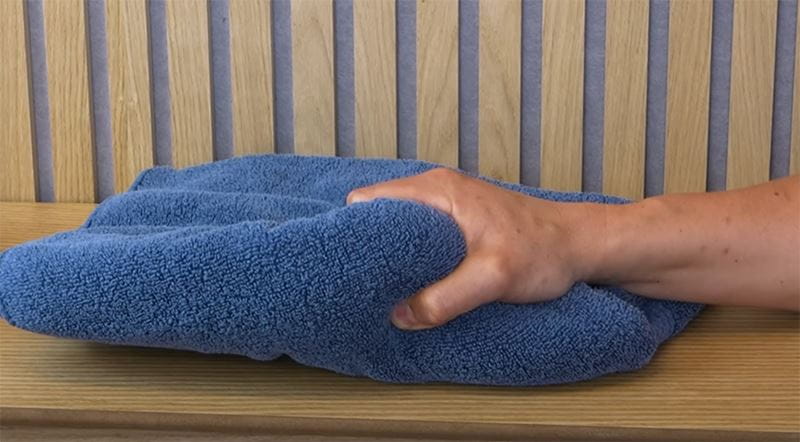
“Open out your palm and then bring your thumb and forefinger together and pinch, then move your thumb onto each of the other three fingers and repeat the pinch,” says Harlow. “Practise it in 30 to 60-second bursts. This one is great for improving dexterity.”
“For this exercise you can either carry weights in both hands or fill up watering cans in the garden (or something else quite heavy) and then walk ten paces forward and ten paces back, and repeat three times,” says Harlow.
“Start with a weight you can manage and gradually build up. Some people like to do this in the garden watering their plants. It’s a good whole-body workout, as well as a grip strengthener.”
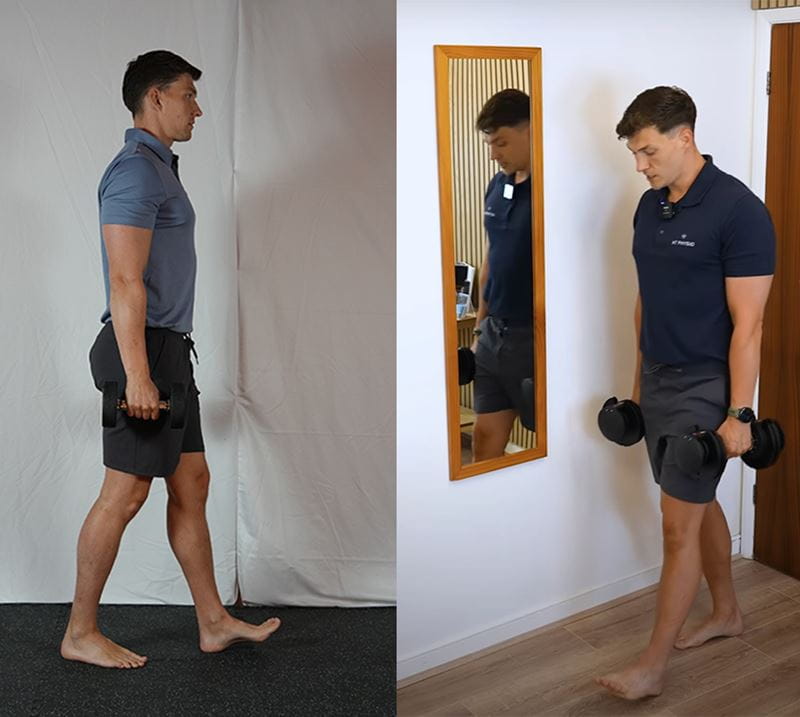
“Take a light dumbbell weight (1-2kg) or a can of beans/litre bottle of water and then rest your forearm on a table with the hand holding the weight hanging off the table so your wrist is almost bent down,” says Harlow.
“Bring your knuckle up towards your wrist, so you’re pulling the back side of your arm up towards your forearm and then slowly back down. Repeat ten times or as many times as you can manage to start with.”
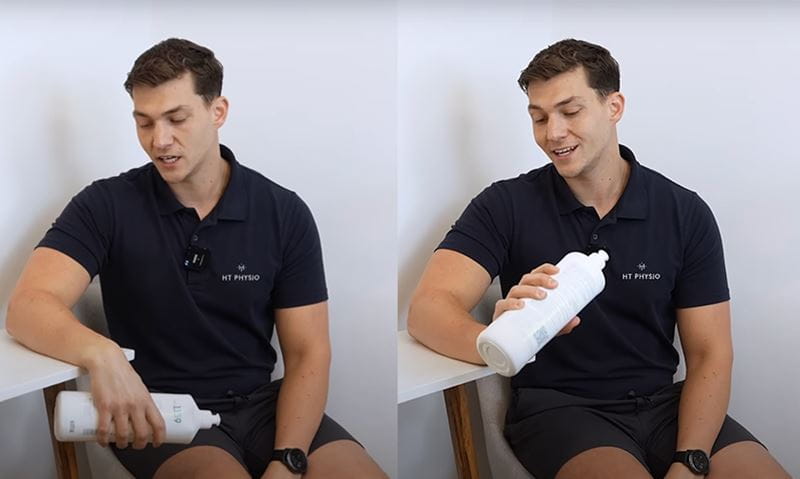
“Expand a rubber/elastic band around your fingers and stretch your fingers out as far as possible and then slowly close,” says Harlow.
“Repeat ten times and do three sessions a day. With all these exercises I’d say doing one set is better than none but doing two or three sessions a day would be ideal.”
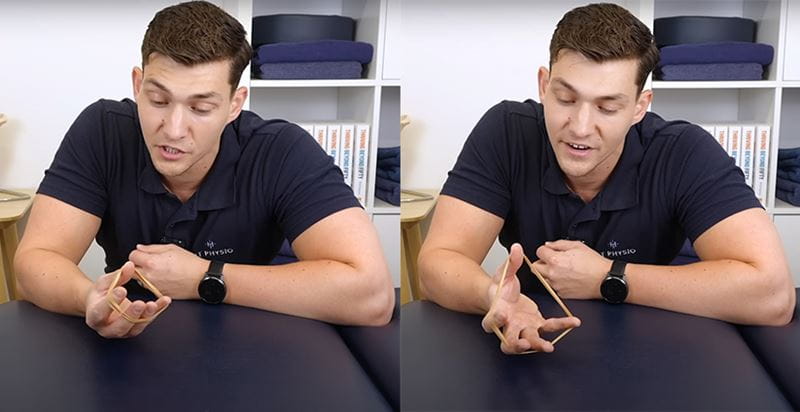
“This exercise combines grip with resistance,” explains Margo.
“Squeeze a rubber ball – the firmer the better – holding for three to five seconds and releasing and repeat ten times,” says Margo. “Try to do progressively more repetitions.”
Studies suggest that people over 65 should aim for a daily protein intake of 1 to 1.2g of protein per kg of body weight, to maintain muscle strength and those with chronic or acute medical conditions, or who are active and exercise, should consume 1.2g or more per kg of their body weight.
“Protein sources include eggs lean meat, poultry fish, dairy products, nuts and seeds, beans and pulses, plus tofu and soya,” says Fox.
“Creatine supplements [a compound that helps supply energy to muscles and speed up muscle repair] may be helpful for maintaining muscle mass. I take them.”
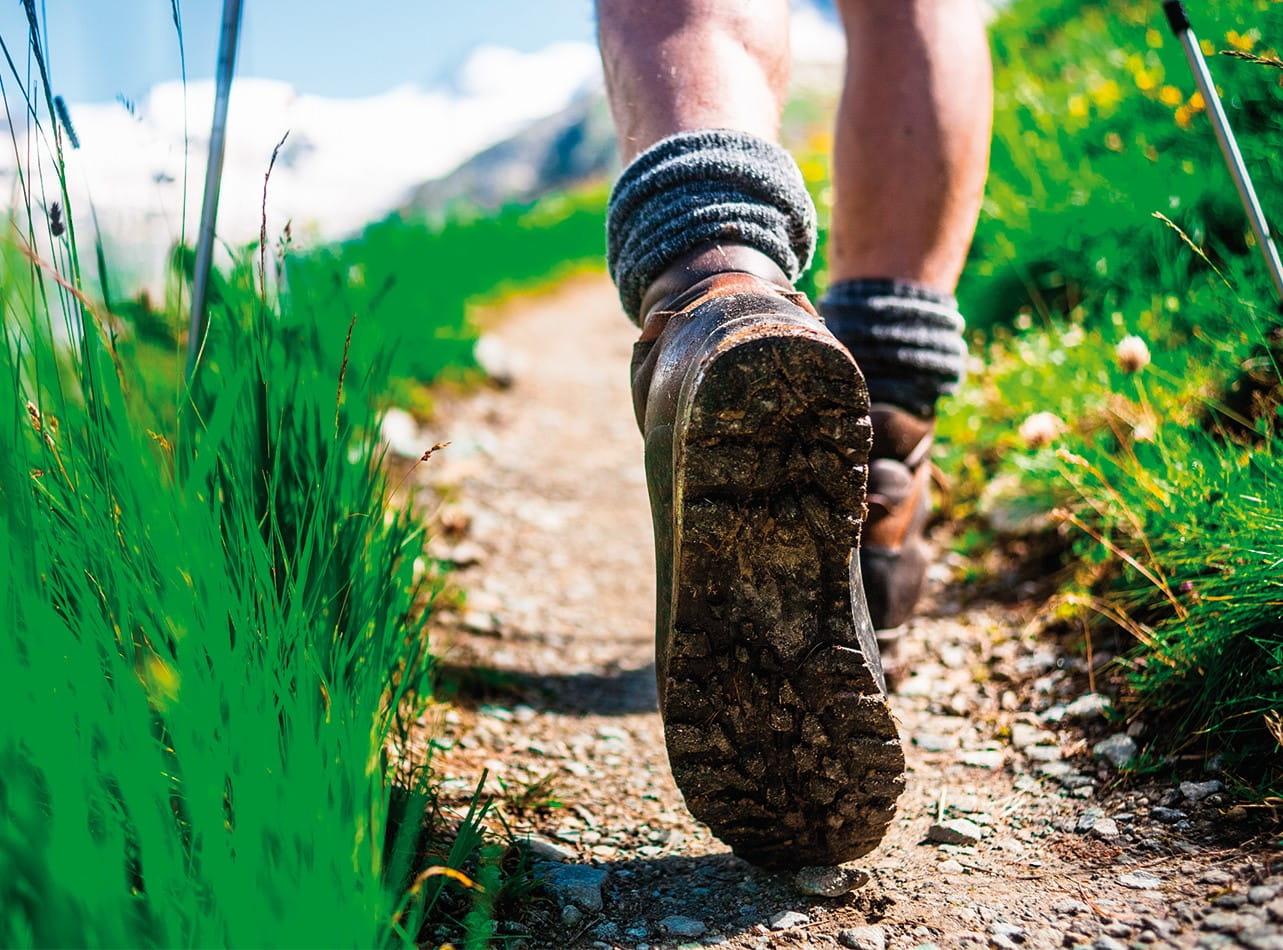
Find out about Saga’s walking holidays here…
Saga’s walking holidays are perfect for exploring Europe’s stunning destinations on foot. They’re suitable for all fitness levels and offer a well-balanced mix of guided walks and relaxation.

Health insurance for people over 50 that provides a quicker route to diagnosis and planned medical treatment in a private facility.
Underwritten by Bupa Insurance Limited.
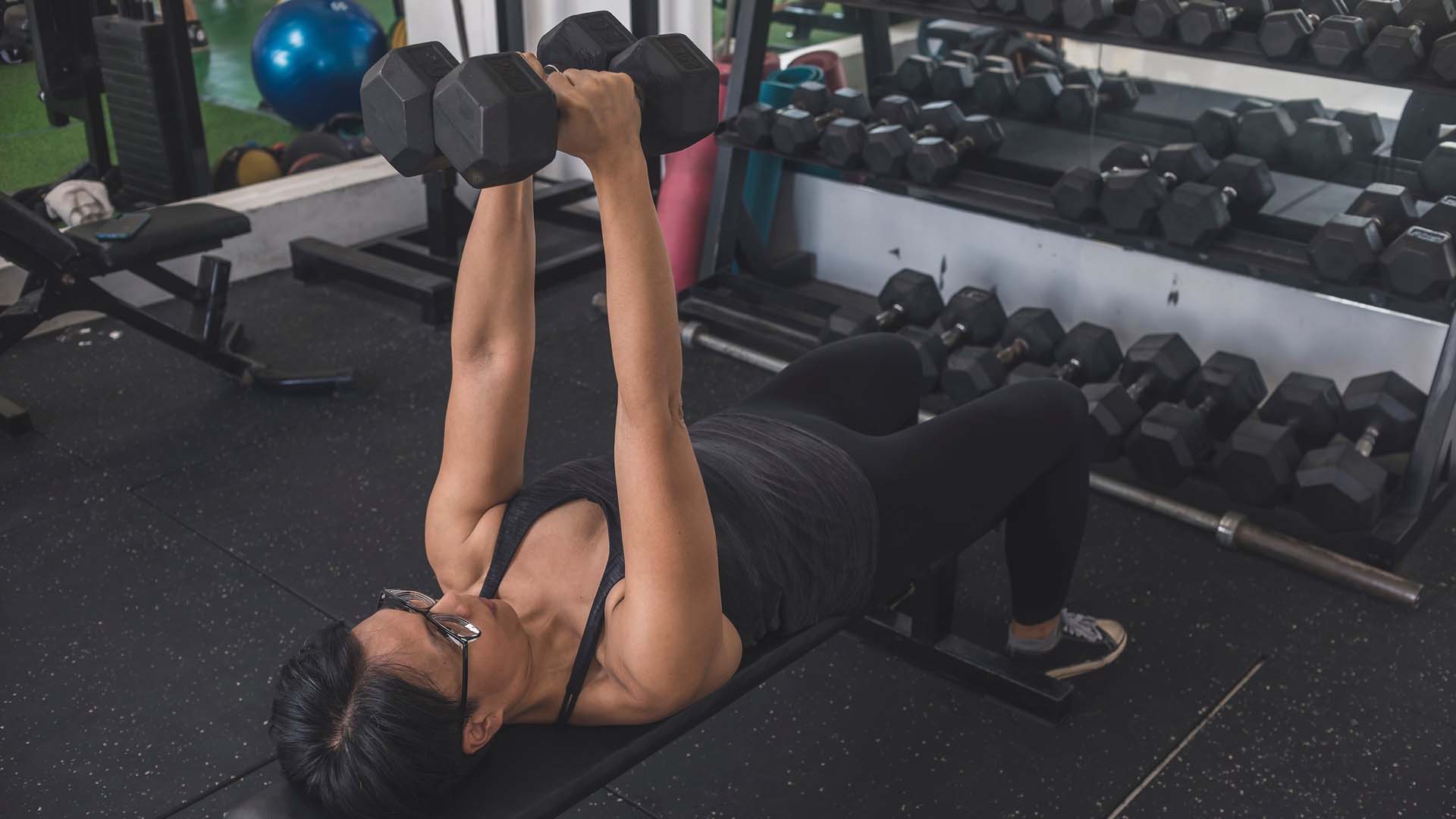

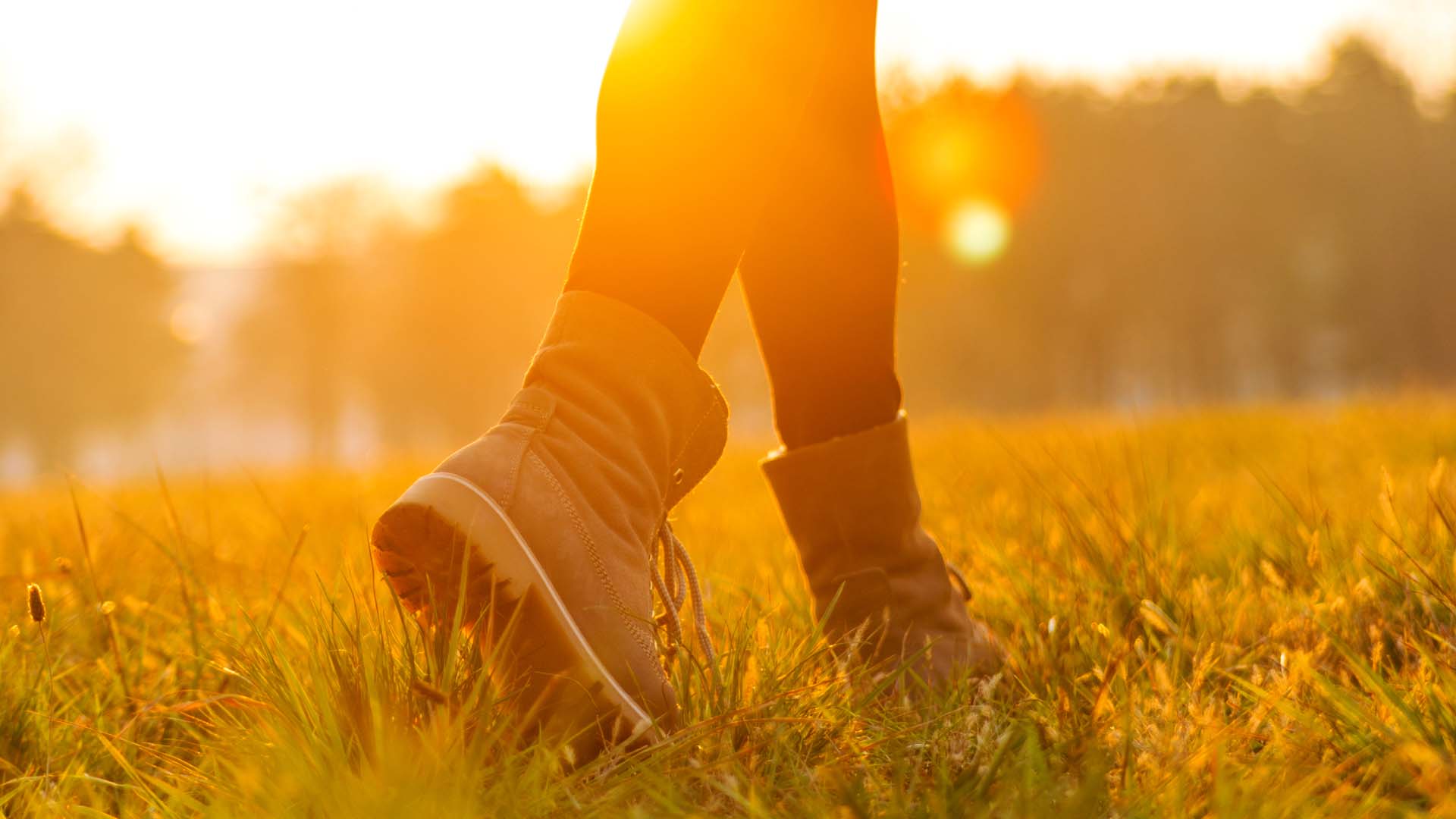
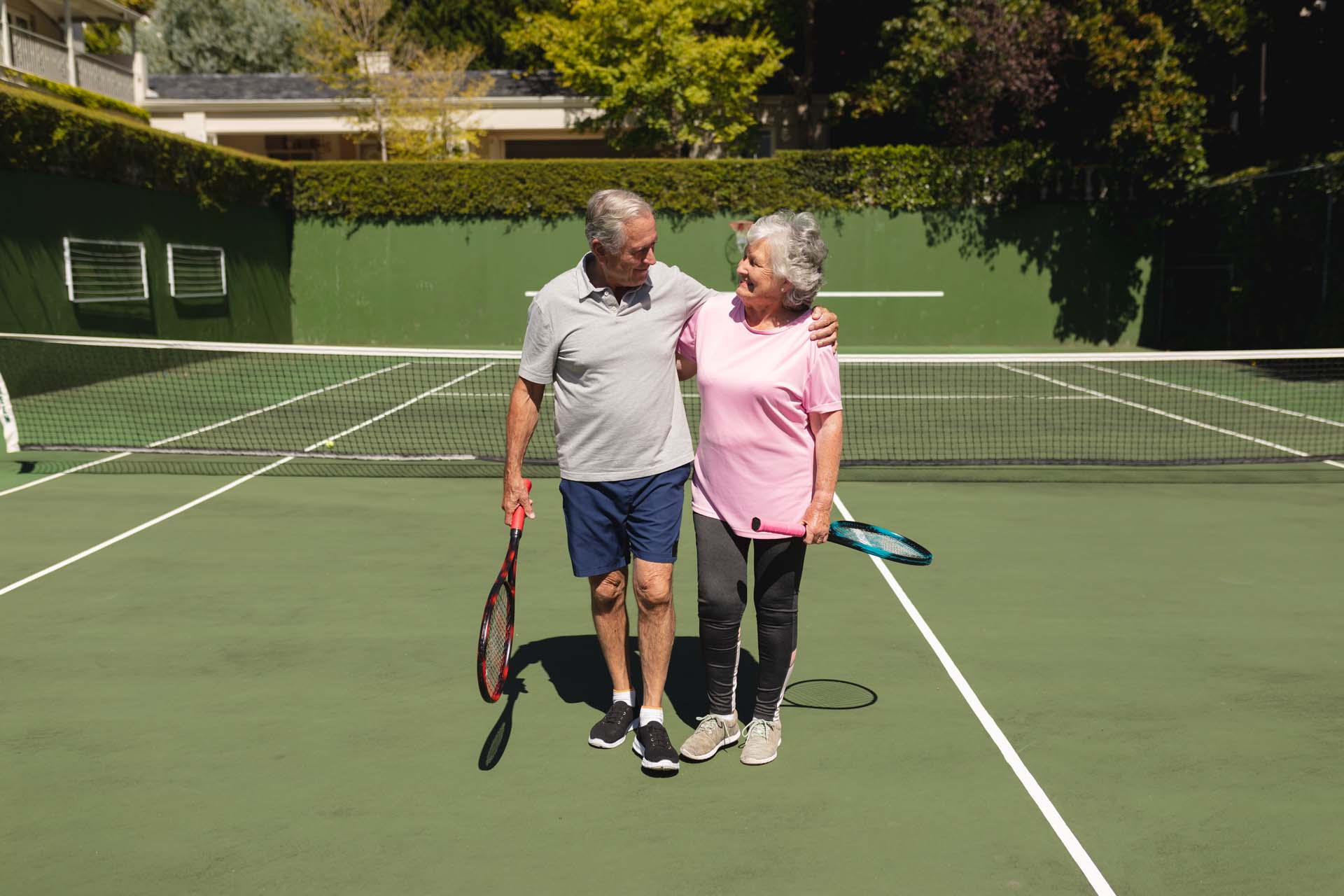

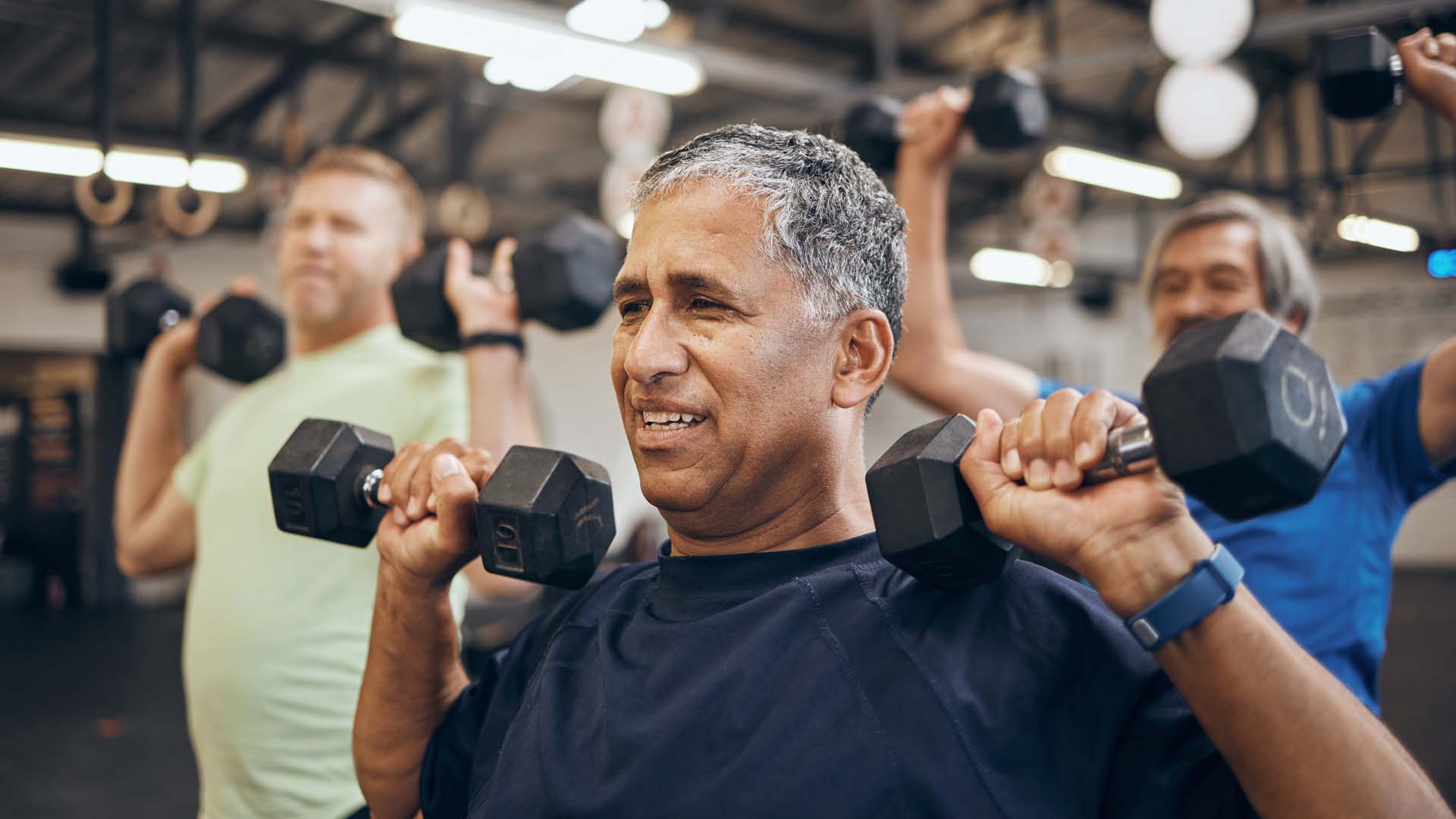
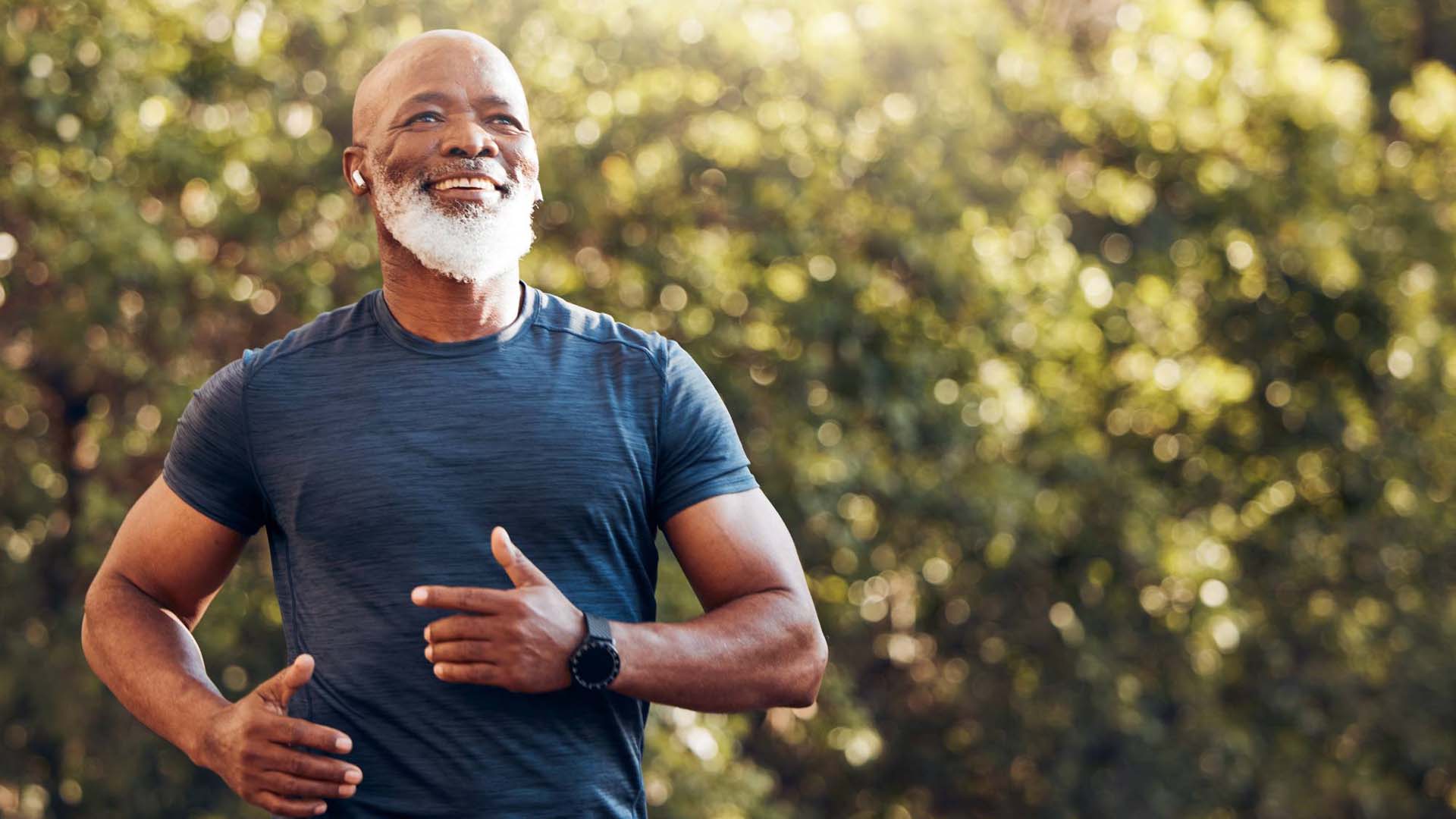
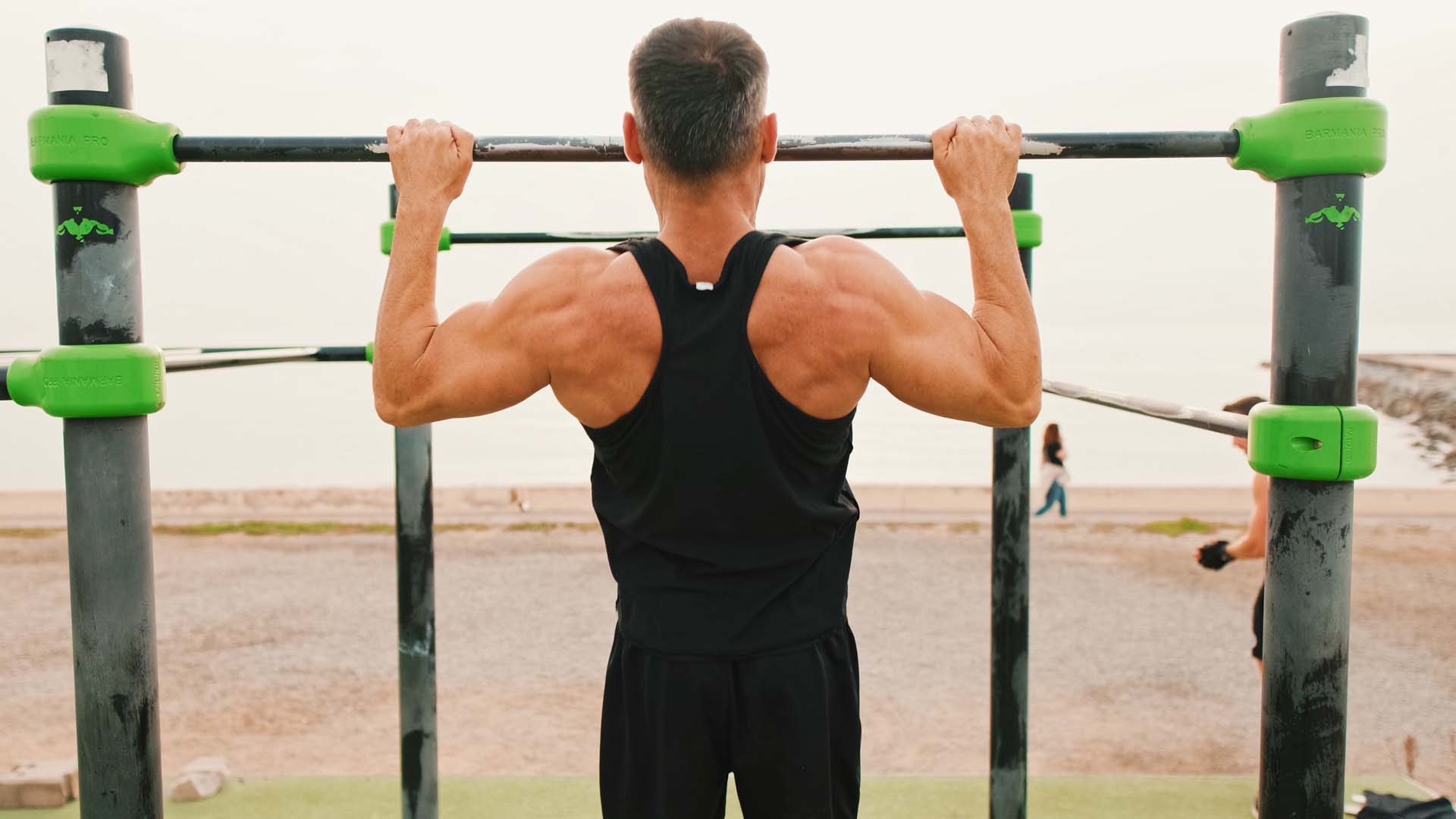
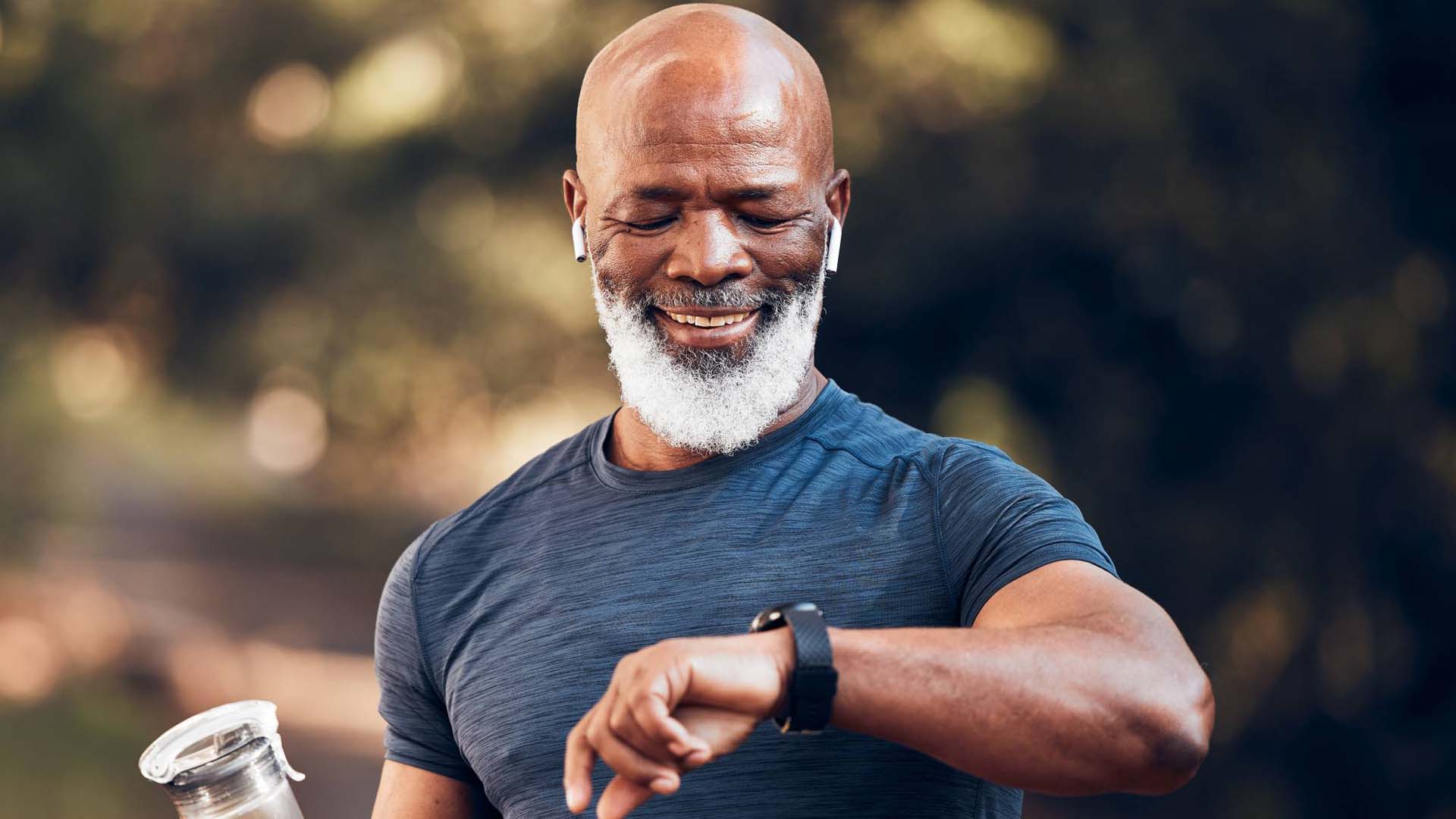
Your questions answered about what really is a good 5k time.